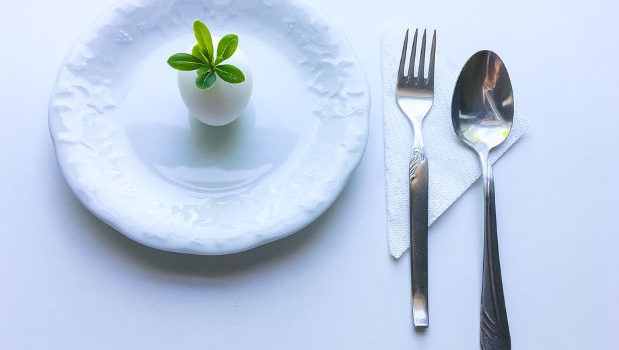
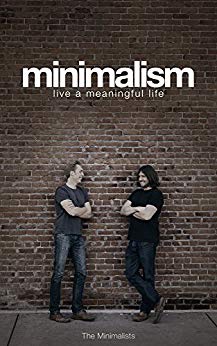
This article is an excerpt from the Shortform summary of "Minimalism" by Joshua Fields Millburn and Ryan Nicodemus. Shortform has the world's best summaries of books you should be reading.
Like this article? Sign up for a free trial here .
Want to simplify how you eat? Want to have minimalist food and stop worrying about your diet? Learn the key ideas of minimalist eating here.
Introduction to Minimalist Diet
The term “diet” is typically used to mean a temporary change in what you eat to achieve a specific weight-loss goal. A temporary diet almost always fails when you resume your pre-diet behavior.
However, this book uses the term diet to refer to a minimalist dietary lifestyle. A change in dietary lifestyle is a change not only in what you eat, but in how you think about what you eat. A lifestyle change is long term rather than temporary, and it can’t fail, unless you reject the lifestyle.
There isn’t a single, ideal minimalist dietary model to follow to live a healthier life. This can be frustrating because it’s easier to be told what to eat, and to have a set of clear guidelines to follow.
It’s also important to note that what you put into your body encompasses more than just food. It includes medicine, or anything you ingest, as well as anything that enters your body in any other way (for example, through the skin).
Remember: The goal isn’t to lose weight or to look better; it’s to live a healthier life and feel better.
Developing Minimalist Food Habits
Major minimalist dietary changes usually fail because people find them overwhelming and too hard to maintain.
To avoid this, try changing your minimalist diet for just 10 days at a time. Experiment with the authors’ recommended dietary lifestyles (not diets) and see what works for you.
- Don’t think of your diet as something you do but as the way you live. It’s not something you come off after a while, but a permanent lifestyle change that is reflected in your daily habits.
- Treat food as nutrition rather than as entertainment.
Non-Minimalist Foods to Avoid
Regardless of your dietary needs or requirements, there are two categories of food you should eliminate if you want to feel better:
- Processed and packaged foods. Food should be eaten in as close to its original state as possible. The additives and preservatives in processed foods don’t add nutritional value and some are harmful to your long-term health.
- Sugar. Eliminate all types of sugar as well as anything with sugar as the main ingredient (soda, cookies, candy etc.); excessive sugar contributes to weight gain and health problems.
Non-Minimalist Foods to Reduce or Eliminate
It’s easier to eliminate specific types of foods than to eat less of them. That’s because people have every intention of cutting back, but end up thinking, “One more breadstick won’t hurt me.”
If it’s too hard to cut out something entirely, you can always stop eating it for a specified period, like 10 days, and then reintroduce it in smaller amounts.
These should be on your reduce-or-eliminate list:
- Glutens, breads, and pastas: Many people are allergic or sensitive to gluten without knowing it. Besides, breads and pastas add unnecessary carbohydrates and sugars, which make you gain weight. They are also processed foods with unnecessary additives.
- Any beverage other than water: Coffee, tea, soda, juice, and other beverages add calories, and they don’t hydrate you as well as water does.
- Dairy: The human digestive system isn’t designed for digesting cow’s milk. Try removing dairy from your diet for 10 days to see if you notice a difference.
- Meat: Joshua and Ryan stopped eating meat and were happy with the results. Try it for 10 days and see if it makes a difference for you. Then make your own decision.
The Best Minimalist Foods
You can replace the foods and beverages that you eliminated with healthier minimalist food options. Try these:
- Water: Drink at least half your body weight in ounces of water every day.
- Green drinks: Green drinks like the Amazing Grass Green Superfood can be mixed with water to boost your energy. They also make you feel full, keeping you from overeating.
- Smoothies: Make smoothies with kale, spinach, and other nutritious greens.
- Vegetables: Vegetables are low in calories and high in vitamins and nutrients. Eat as many non-starchy vegetables as you want.
- Beans and legumes: These contain healthy proteins and carbohydrates, and they also help you feel full so you don’t overeat.
- Fruits: Fruits contain vitamins and water but also natural sugar, so eat fruit in moderation.
- Fish: Fish such as salmon contain Omega-3 fatty acids, which reduce the risk of heart disease. However, avoid bottom feeders such as crabs and lobster because they eat dead things.
- Organic foods: Organic foods are grown without using pesticides and other chemicals, which makes them a healthier choice.
Specific Minimalist Diets
The Minimalists doesn’t advocate a specific minimalist diet or dietary lifestyle because different people have different dietary needs. Try experimenting with different elements of your diet until you get the results you want (feeling better). However, here are five minimalist diets that deliver good results.
- Vegetarianism exists on a continuum, but basically a vegetarian diet avoids meat but might include other animal products, such as dairy and eggs.
- Veganism excludes all animal products (meat, dairy, eggs, honey). Both authors reported losing a lot of weight and feeling increased energy on this diet. But they decided to add some dairy, eggs, and fish back into their diets.
- Pescetarianism: Both authors follow this diet. Pescatarians are vegetarians who eat fish. Joshua and Ryan also eat some dairy products, although less than they used to.
- Paleo: The Paleo Diet is limited to the types of foods people ate prior to the agricultural revolution, including fresh fruits, vegetables, lean meat, and seafood. The diet excludes refined sugars and grains, dairy, trans fats, salt, high-glycemic carbohydrates, and processed foods.
- Intermittent fasting is a pattern of eating that alternates between stretches of fasting (consuming only water) and non-fasting. For example, you might not eat for 16 hours, and then eat two or three meals in an eight-hour window. Any of the four dietary lifestyles mentioned could integrate intermittent fasting. Joshua tried it and achieved less body fat and more toned muscles.
———End of Preview———

Like what you just read? Read the rest of the world's best summary of "Minimalism" at Shortform . Learn the book's critical concepts in 20 minutes or less .
Here's what you'll find in our full Minimalism summary :
- What Minimalism is, in complete detail
- How to simplify your life and get rid of things you don't need
- What's holding you back from your ideal career passion
- How to take care of your body and health, the simple way



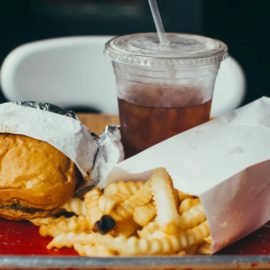
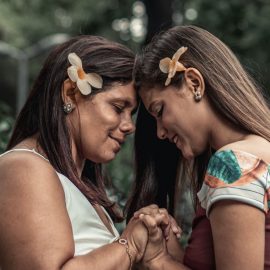
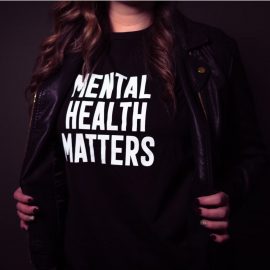
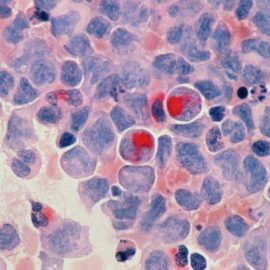
This is full of nonsense. Give up ‘all types’ of sugar? So no fruit then. No anything, really. Carbs make you fat? Again, so no fruit then. And no, any excess if calories will make you fat. Carbs are important and bread is healthy for the majority of people.